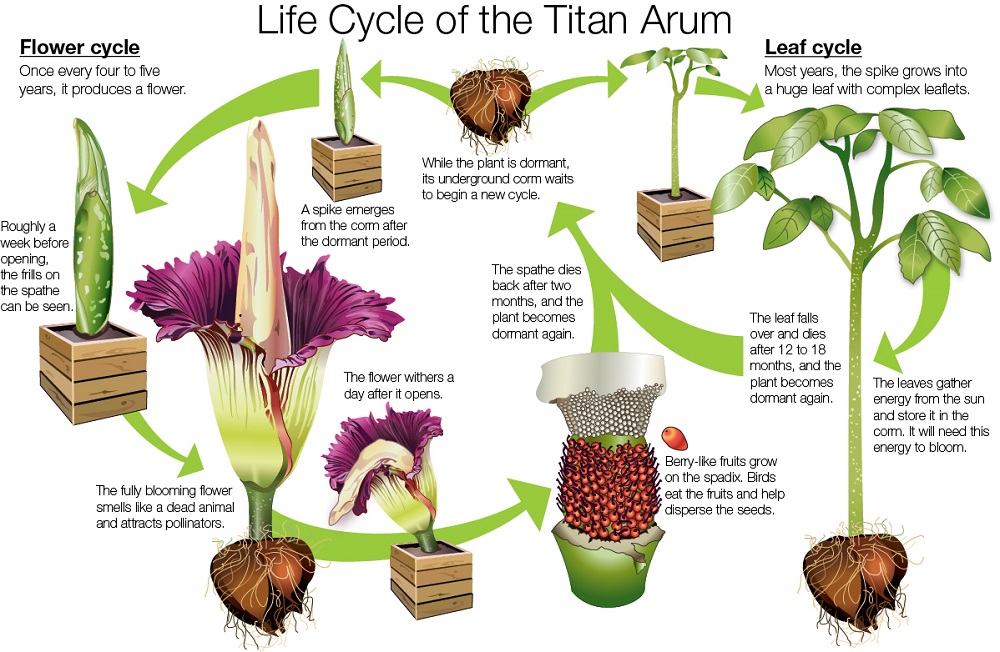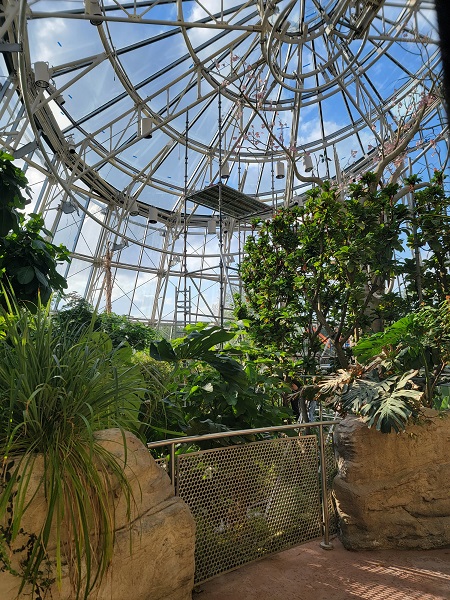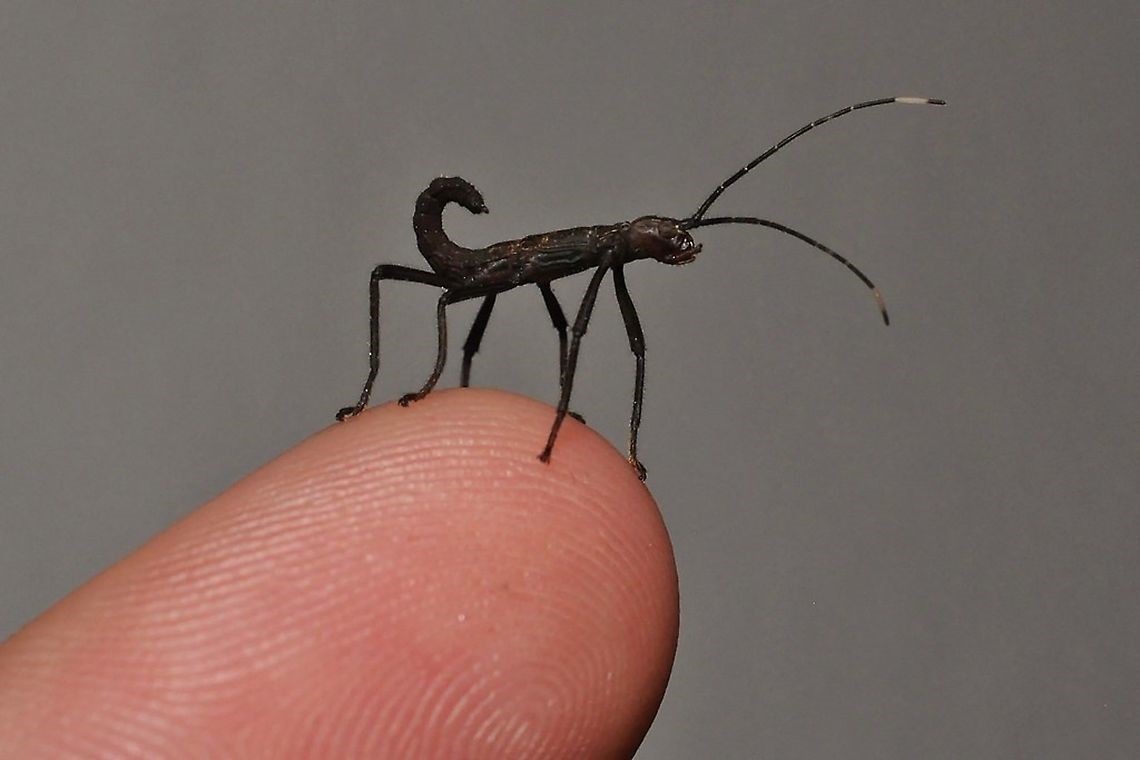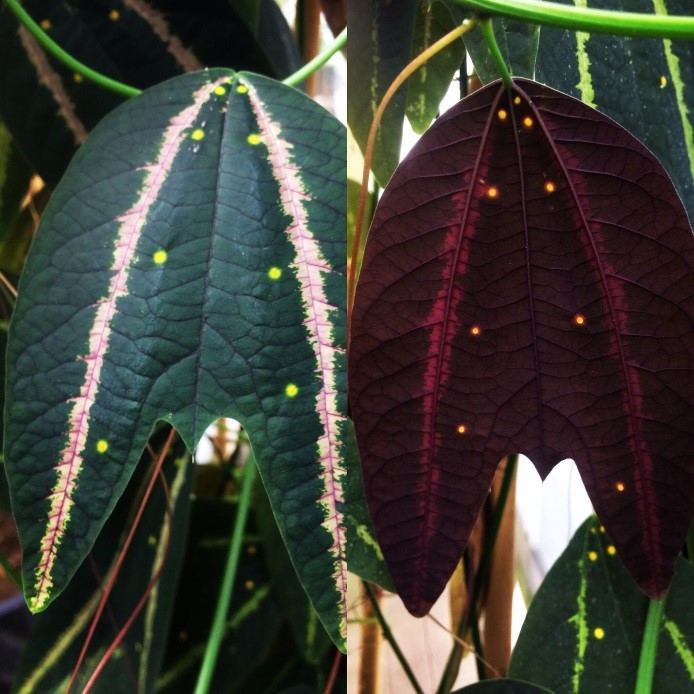This week, you’ll have the first chance to experience our new special exhibit, Spies, Traitors, and Saboteurs: Fear and Freedom in America – examining nine major periods in U.S. history when America faced threats from enemies within our borders. But did you know HMNS already features a few “sneaks” of our own? They’re just of the animal variety!
In our HMNS Outreach Programs, we highlight several examples of crafty creatures who have adapted creatively to their environments to prolong survival. Want to meet a few of these smart cookies? Come to our free Shell Educators’ Preview Sept. 29!
How do you become a spy? First, blend in!
Our first spy is a familiar animal to the Gulf Coast – the American alligator! One of the alligator’s strongest adaptations is its amazing camouflage. I remember fishing as a kid on the Sabine River and my dad pointing out a gator in the distance. I tried and tried, but I just couldn’t spot it! Only as we neared could I see the bumpy “dead log” silently watching us float by. Alligators are extremely well-adapted to ambush. With nostrils that stick out of the water like a snorkel and a clear inner eyelid to protect their eyes while they swim, their whole body can stay submerged as they await their prey. While too dangerous to approach in their natural habitat, our Wildlife On Wheels program Texas Wildlife often includes one of our baby alligators, still small enough to keep safely!
Several of our other spies star in our Bugs On Wheels: Amazing Arthropods program and are masters of disguise. The giant long-legged katydid, for example, is the world’s largest katydid, native to Malaysia. These awesome insects mimic leaves, and during the daylight hours they can safely remain motionless, cloaked in foliage, waiting to become active at night. They don’t only come in green though; these insects can have an endless array of shades and patterns to match the leaves of their unique habitats. And like many things that get better with age, so does their camouflage, as their back edge grows brown and tattered like an old leaf.
Traitors mean false friends.
In the natural world, traitors come in many guises, even that of seemingly innocuous plants! The pitcher plant, masquerading as a source of tasty nectar, lures in insects (sometimes even rodents) and traps them. Their victims cannot escape the waxy walls and sticky fluid inside. As their prey drowns, digestive enzymes help break down the body, allowing the plant to absorb the released nitrogen. You can meet three species of this unusual carnivore in our Cockrell Butterfly Center!
Another unique traitor native to our state is the Texas tortoise, often seen in our Wildlife On Wheels programs, though a threatened species in the state of Texas. Deceptively fierce, this desert dweller is extremely territorial, and males will fight to the death if a fellow tortoise challenges. Competitors rise up on front legs to charge, using the pronged gular scutes protruding from the shell to hook under the trespasser, attempting to flip him over. This is a deadly situation for a tortoise as all of the animal’s internal organs press down on the lungs, which causes him to suffocate if he cannot turn back over. Yikes!
The Science of Sabotage
Crushing prey with an estimated force of 60,000 Newtons, the bite of Tyrannosaurus rex would be lethal enough as it is, but some paleontologists, such as Farlow and Abler, debate that a more insidious biological superweapon could be concealed in those fearsome teeth. Fine serrations in each tooth provided strength and cutting power, but may have also allowed meat from T. rex’s last meal to linger, lending a perfect source for bacteria to feed on. Similar to that of a Komodo dragon, it is theorized that the bite of T. rex could deposit overwhelming amounts of bacteria, causing the wound to fester and become septic. Want to touch a T. rex tooth and feel the serrations? (We promise, ours are clean.) A visit from Dinosaur Discovery, part of Chevron Earth Science On Wheels, makes it possible!
Our last saboteur certainly employs a most unusual method of dispatching enemies —how about getting licked to death! The lightning whelk, a carnivorous snail, uses the sharp edge of its shell to pry apart bivalves. Once open, the whelk uses its radula (think scratchy cat tongue, but much worse!) to lick and scrape the hapless victim into smaller pieces for consumption. Fun fact: this ruthless snail is the state shell of Texas, and can often be found on gulf coast beaches. Look for a “left-handed” (sinistral) shell, shaped so it’s easier to put your left hand in. Another great place to see a whelk? In our Wildlife On Wheels: Invertebrates program, or in the Strake Hall of Malacology!
Interested in bringing these super-cool, sneaky creatures to your school or group? Send an email to outreach@hmns.org or call (713) 639-4758 to book your Outreach Program today!













